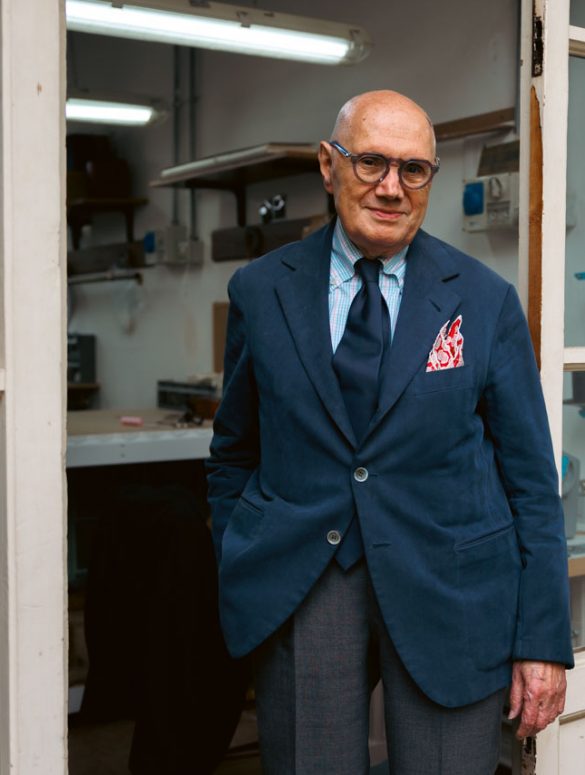According to many customers and experts, the atelier in Florence makes the most elegant suit in Italy. But there is certainly no one who tailors so timelessly.
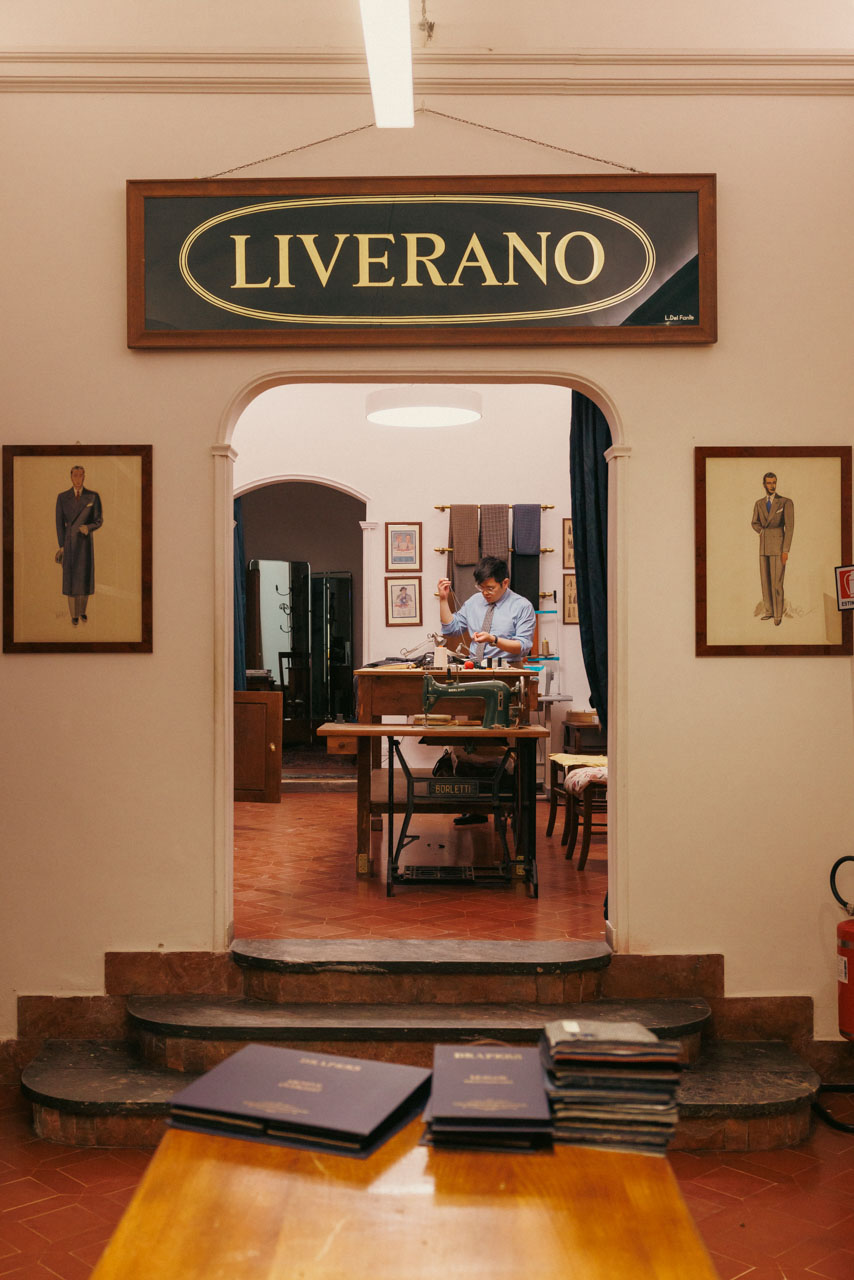
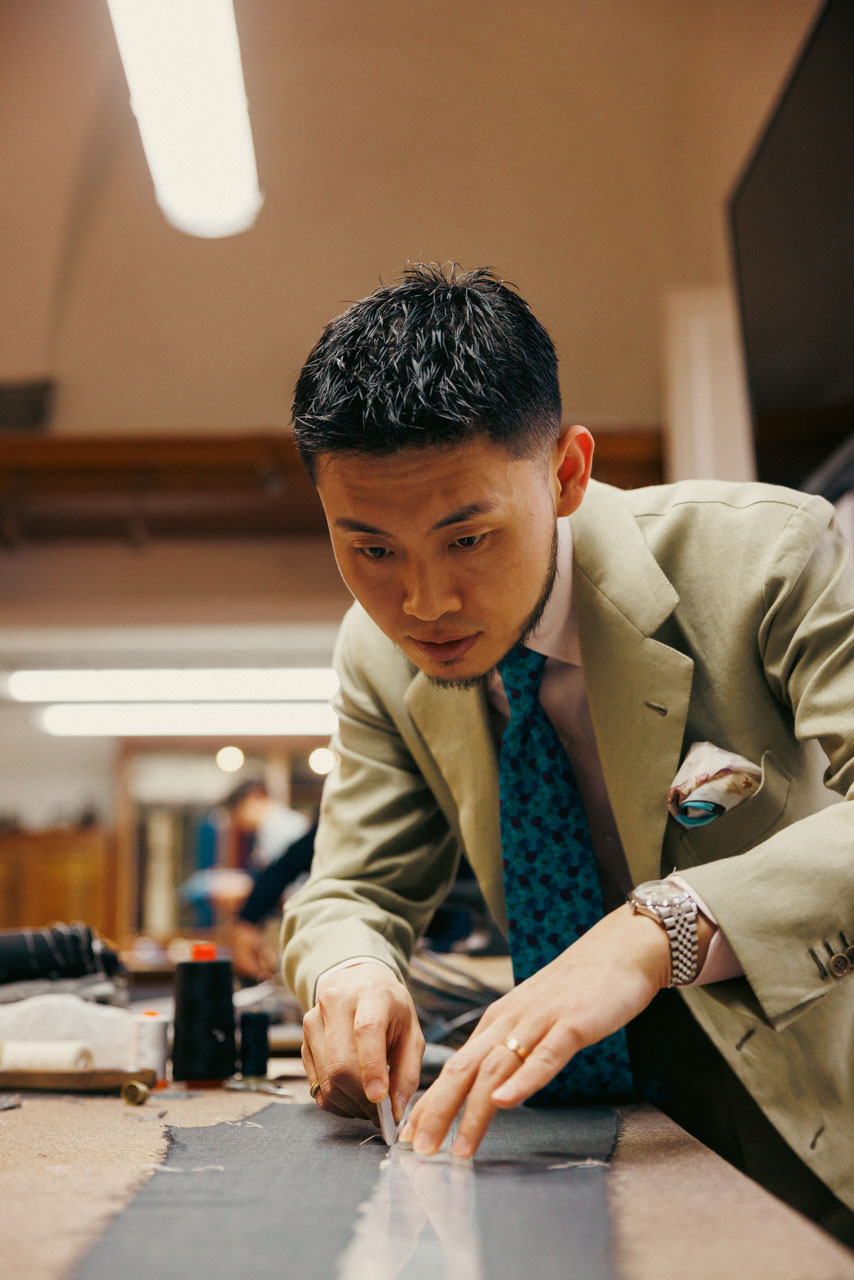
The first time I heard about Liverano & Liverano was in 1999. That was at the Men’s Fashion Week in Cologne, a trade fair of global importance at the time. The representative of a famous English shoe brand always wore jackets from Liverano & Liverano. I liked the elegant shoulders of the jackets. They were slightly wider cut, very sloping and made without padding. Shortly afterwards, I visited Liverano & Liverano in Florence for the first time during a visit to Pitti Uomo. Since then, I have often seen the inside of the studio. And I’ve been meeting the head of the house, Antonio Liverano, regularly for a few years now at the jury meetings for the Italian tailoring competition “Trofeo Arbiter”, organized by Arbiter magazine in Milan.
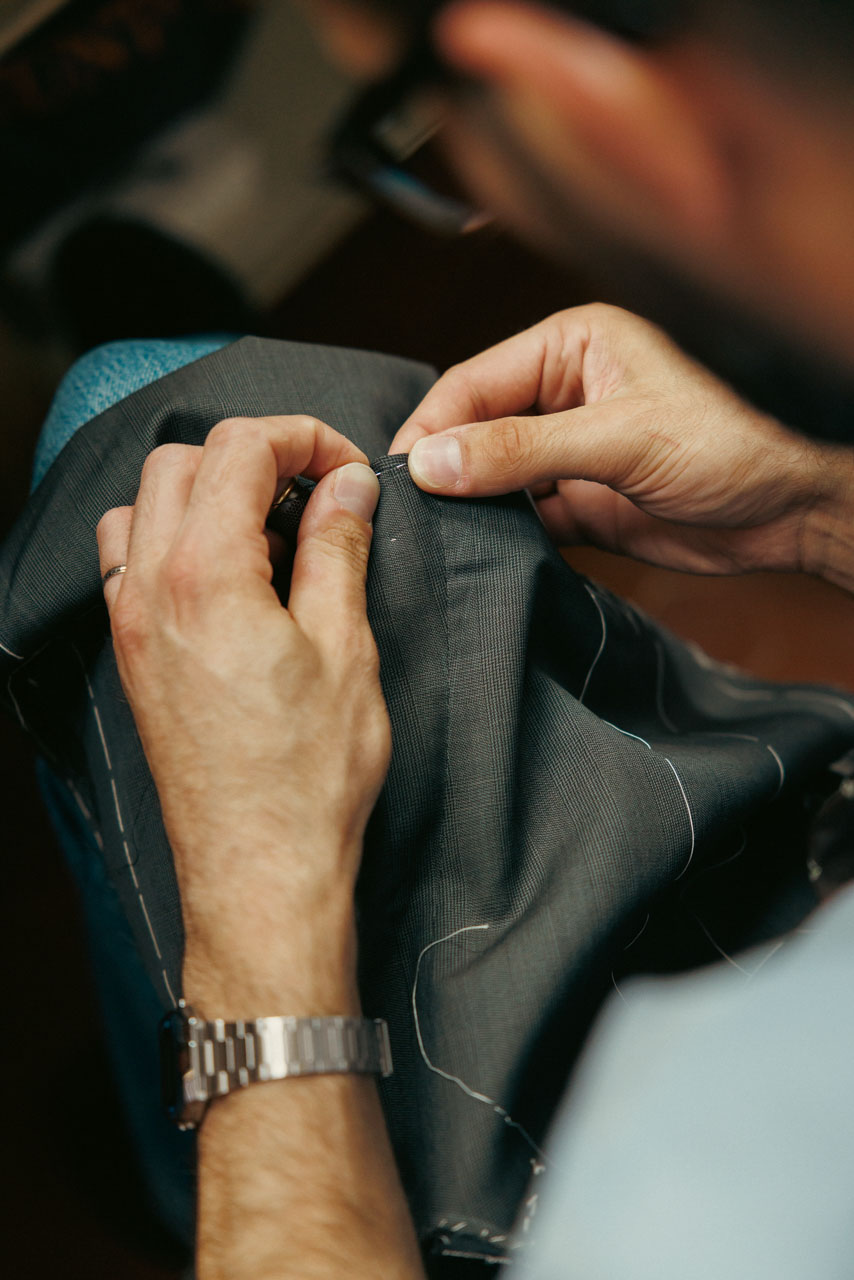
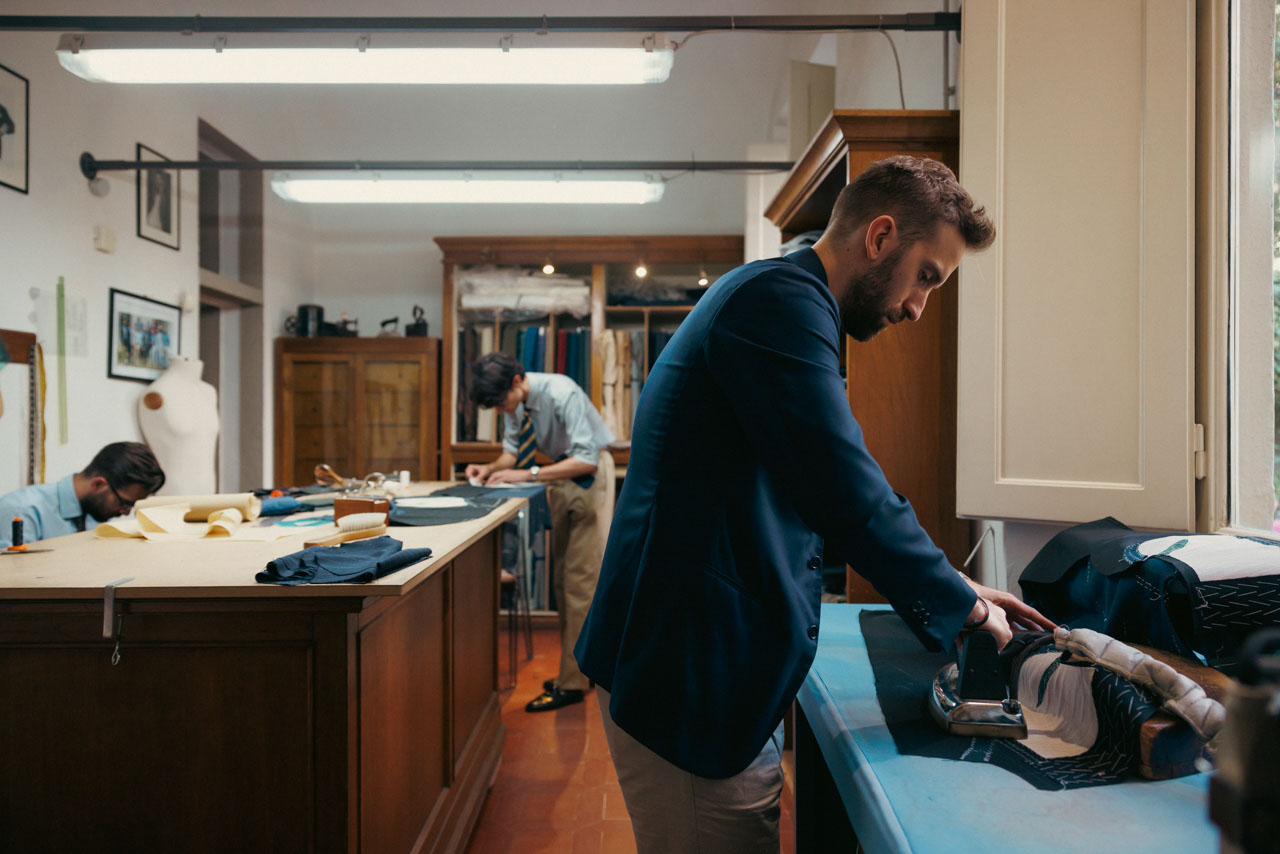
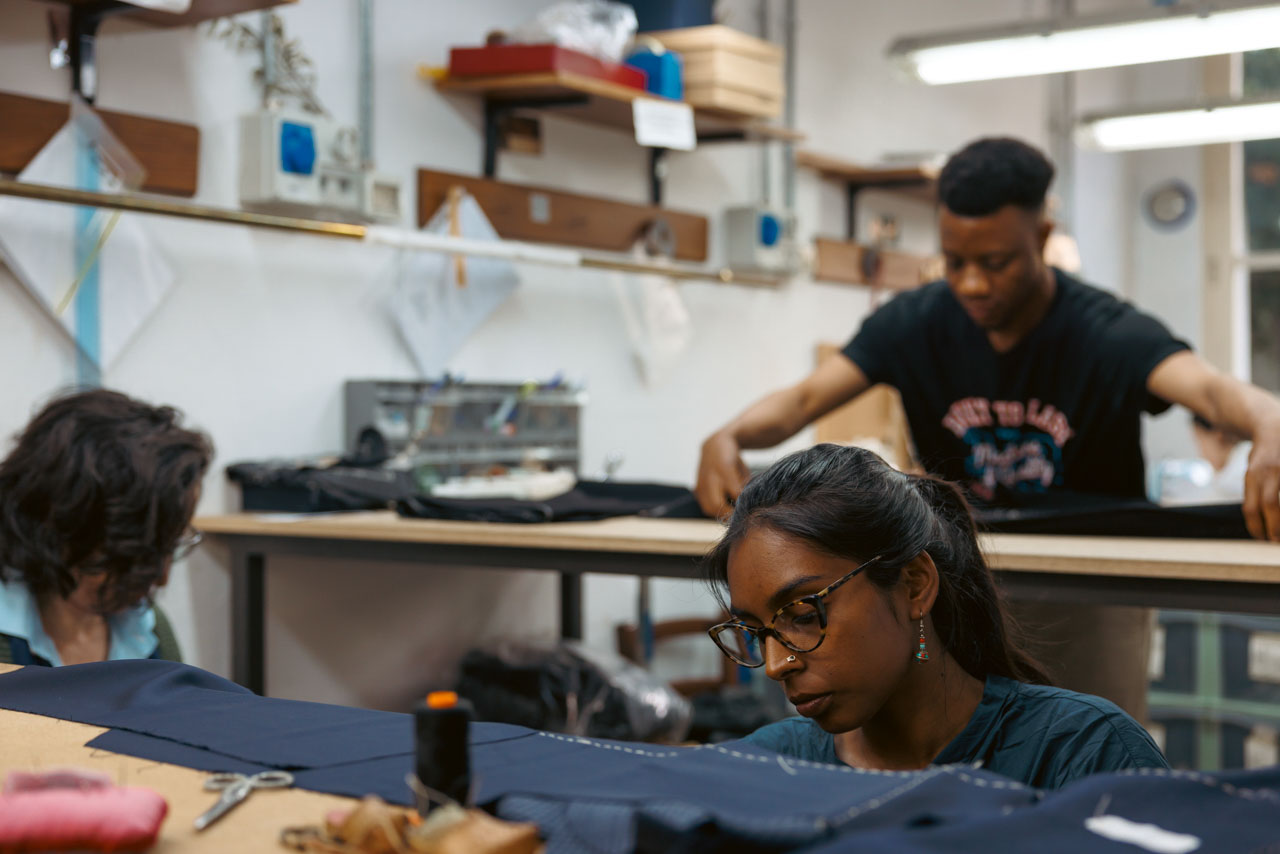
Liverano & Liverano’s store and workshop are located at Via Dei Fossi 43/ R in Florence’s old town. It is about 15 minutes’ walk from Santa Maria Novella train station. The tailor’s shop has been there since the 1960s. Antonio Liverano opened it together with his brother Luigi. The two come from Apulia, in the south of Italy. The two of them began their apprenticeship there as children with local tailors, who were available in large Zajl at the time. Luigi then went to Florence at the end of the 1940s and started working there. Antonio followed him and began working for him, gaining experience in other establishments in the city until the two joined forces and opened the Liverano & Liverano store together. Slowly they built up a clientele, and at the same time the reputation of the house grew. In the 1980s, Liverano & Liverano was one of the most prestigious houses in Florence and during the 1990s its international reputation grew. Antonio now runs the business alone; his older brother Luigi, whom Antono greatly admired, has already passed away. Antonio’s right-hand man is Takahiro Osaki, who has been with the company since 2002.
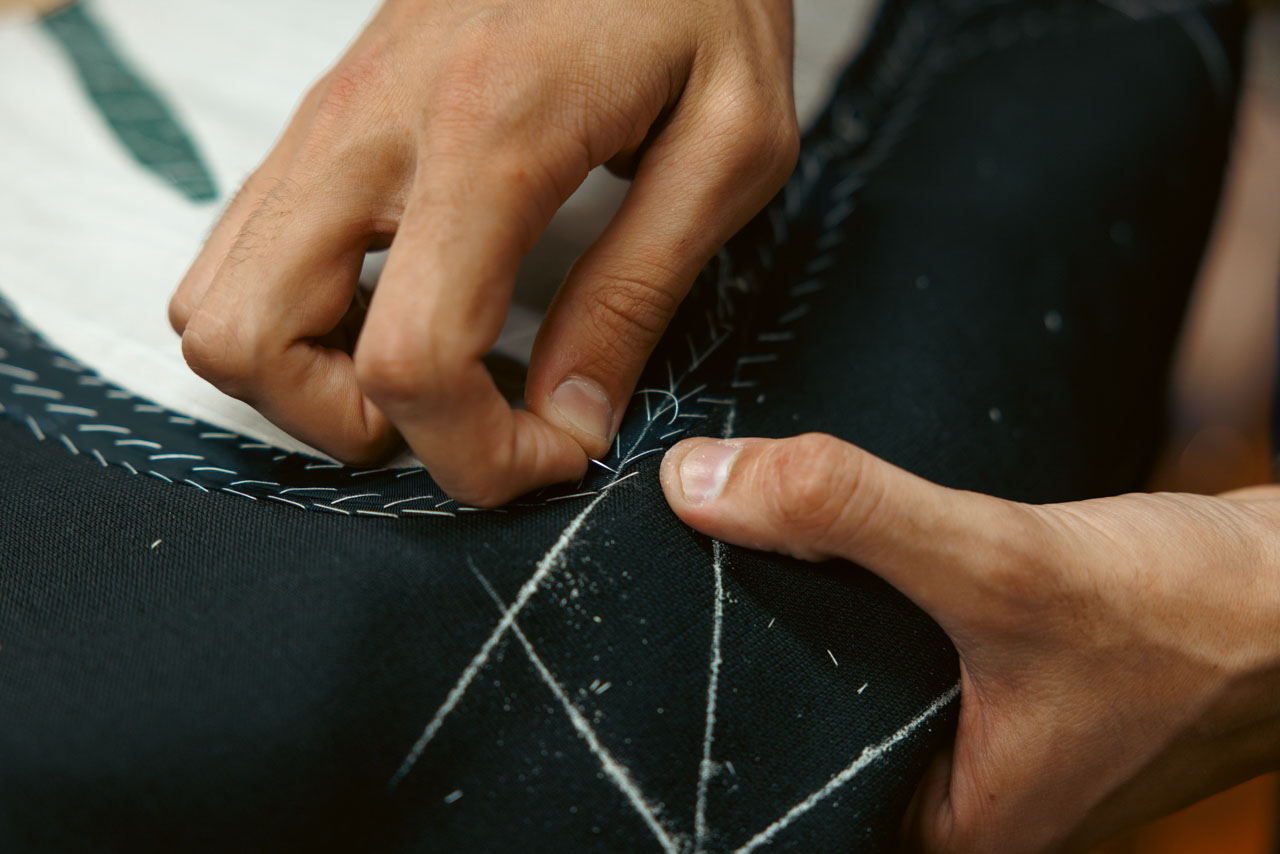
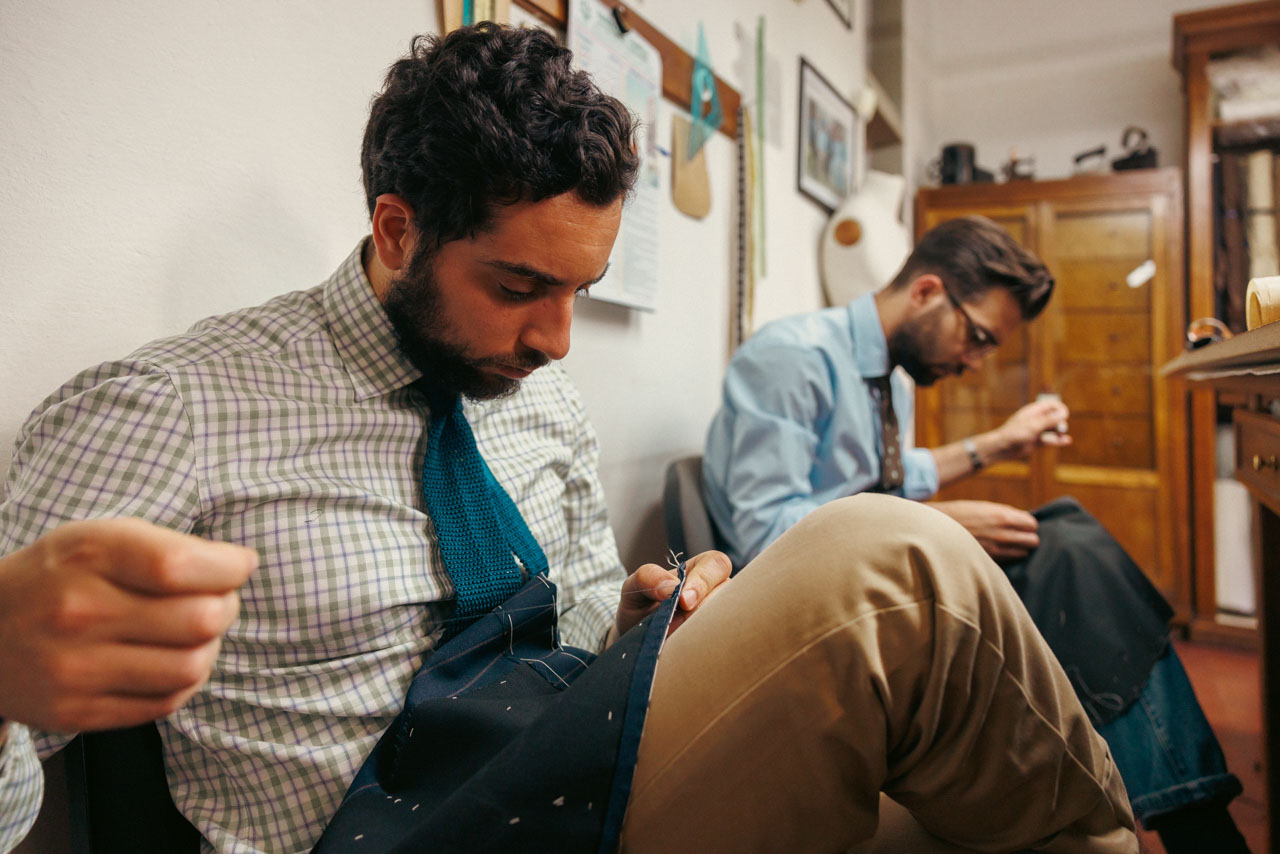
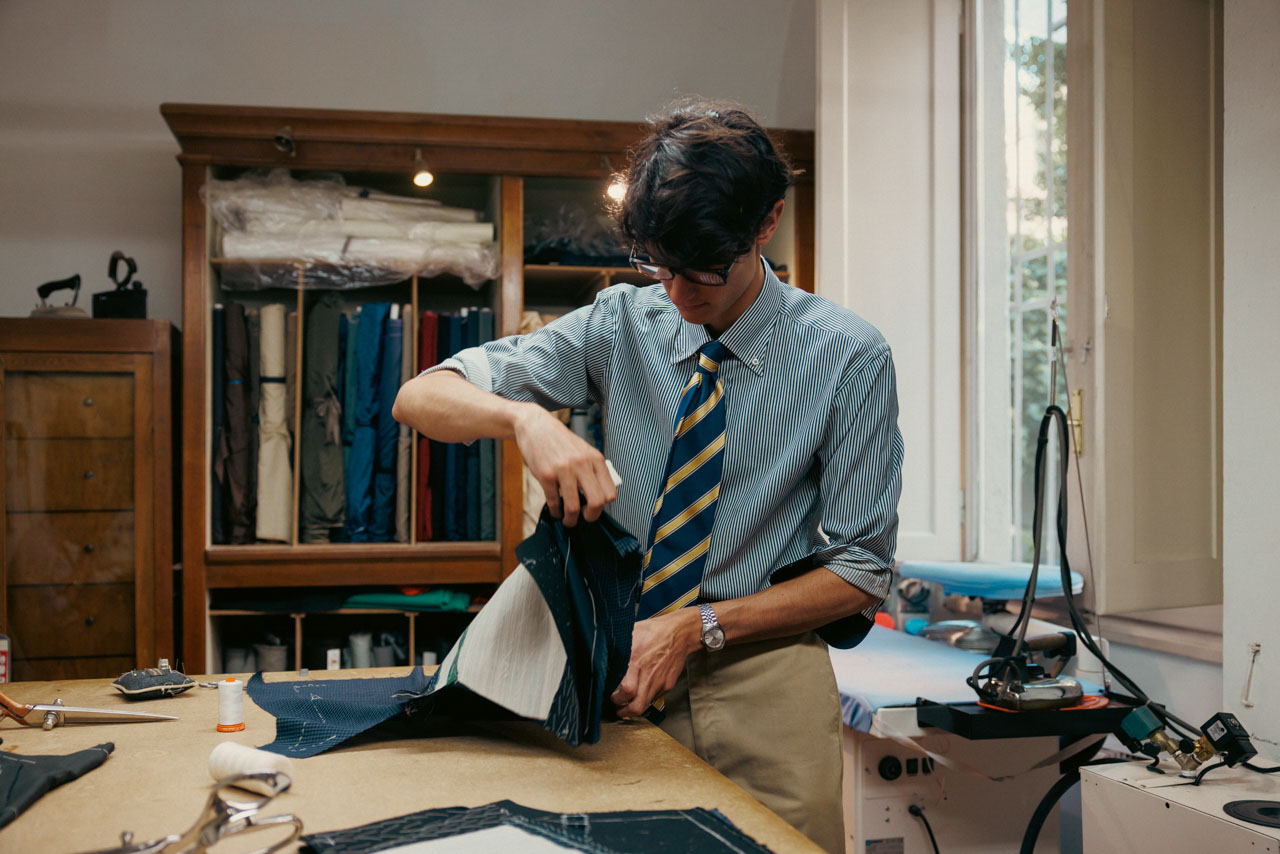
When you enter the store, you first find yourself in a room with accessories. Further back is the room with the fabrics, which are stacked up to the ceiling on shelves on both sides. The fabrics above can be reached with a library ladder. In the middle of the room is a large table on which the goods are laid out. The selection leaves nothing to be desired, with the best qualities from English, Scottish and Italian weaving mills. These include old fabrics and exclusive fabrics. After this room, a few steps lead up to a small salon that serves as a tasting room. To the left are the workshop rooms, whose windows face the courtyard and let in plenty of light. Visitors to Pitti Uomo will be familiar with these rooms from the twice-yearly Vitale Barberis Canonico weavers’ cocktail, which always attracts many visitors with its colorful mix of guests, live music, snacks and drinks.

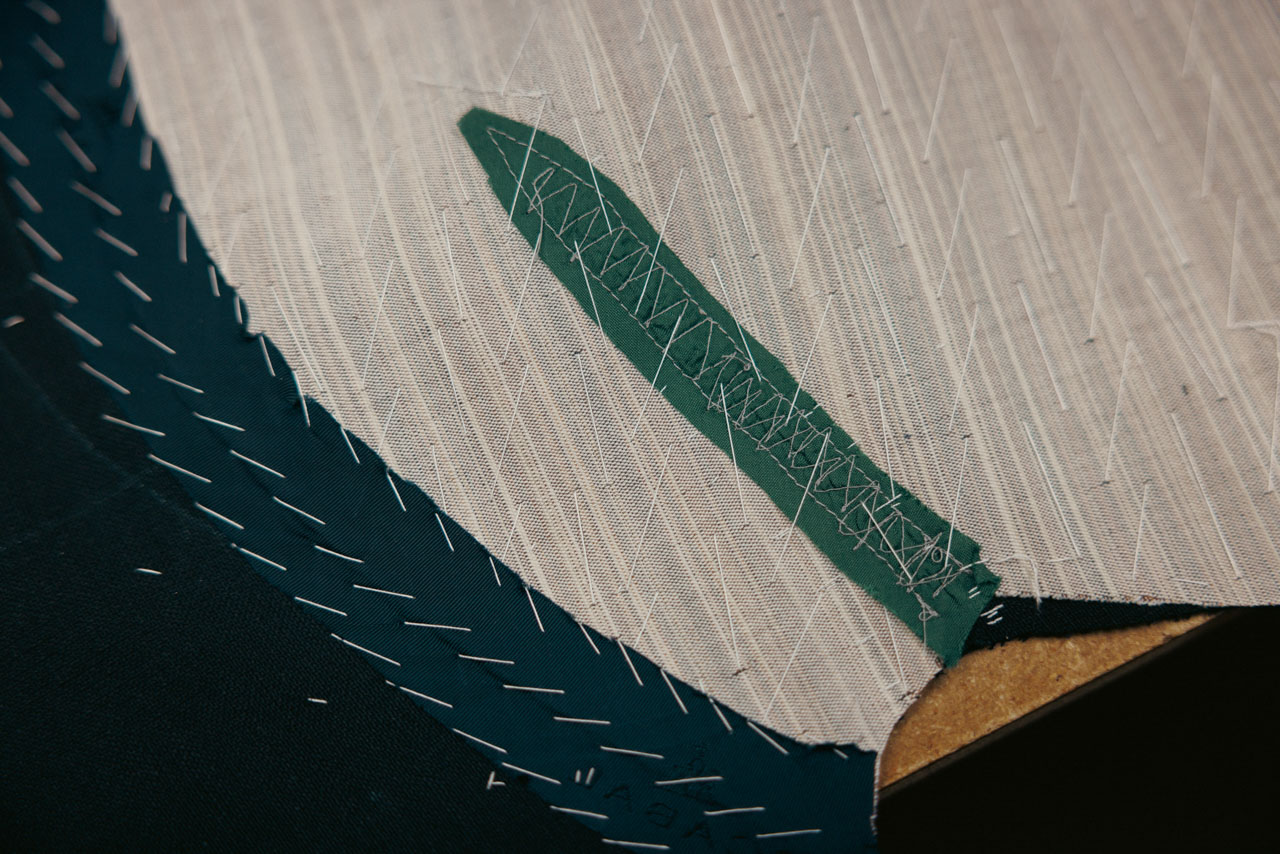
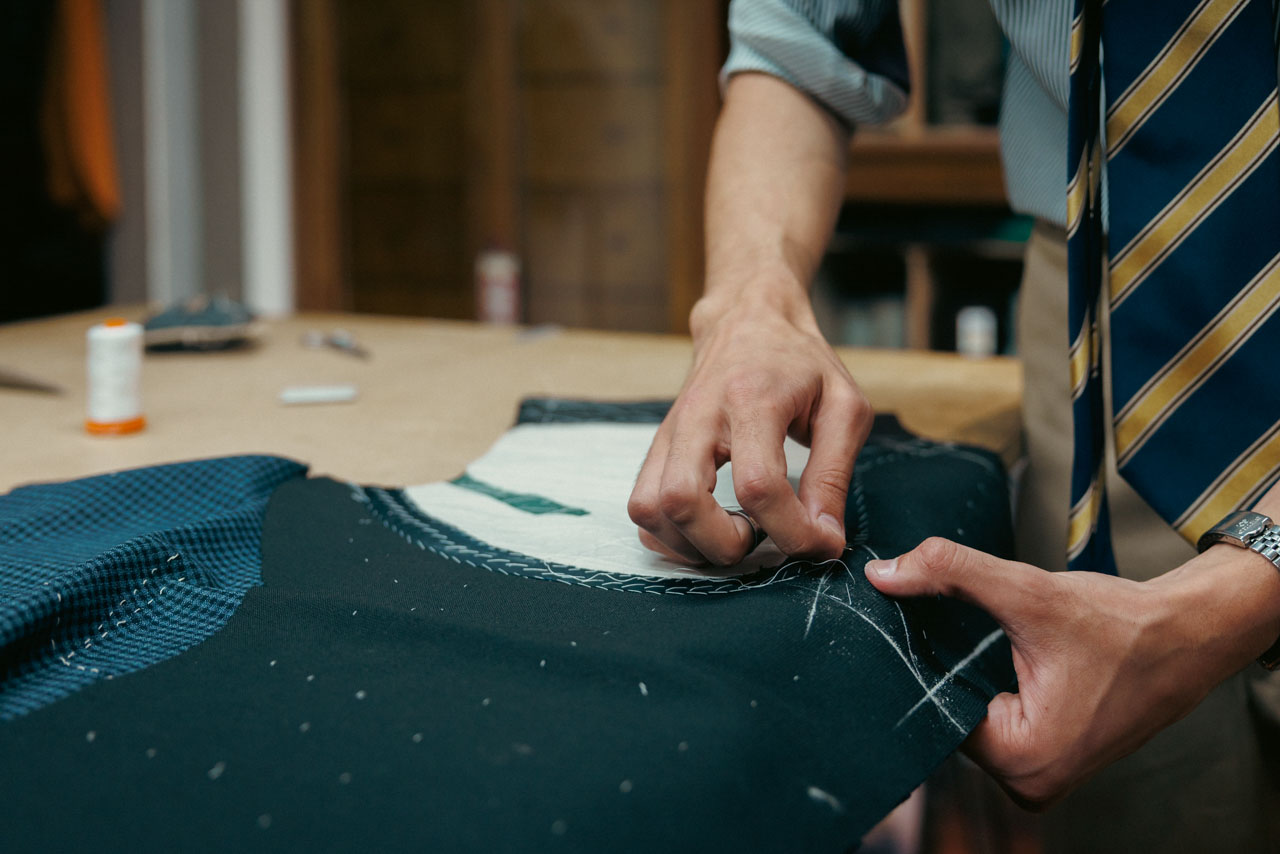
Antonio Liverano still works in the tailor’s shop every day, but unlike many of his colleagues of his generation, he built up his team early on. If you look into the workshop today, you see many young faces and most of them come from abroad. Liverano & Liverano is anything but dusty, although this is also down to the boss himself. Despite his advanced age, his personal style is always a groundbreaking mix of handmade tailored clothing and extremely tasteful accessories. Liverano & Liverano started putting together a wide range of products in this area at an early stage. Today, the accessories department is considered one of the best sources in Italy. It’s not only the bespoke customers who buy there, who often have Antonio Liverano or Takahiro Osaki put together the matching accessories for the suit, jacket or coat they have just picked up.
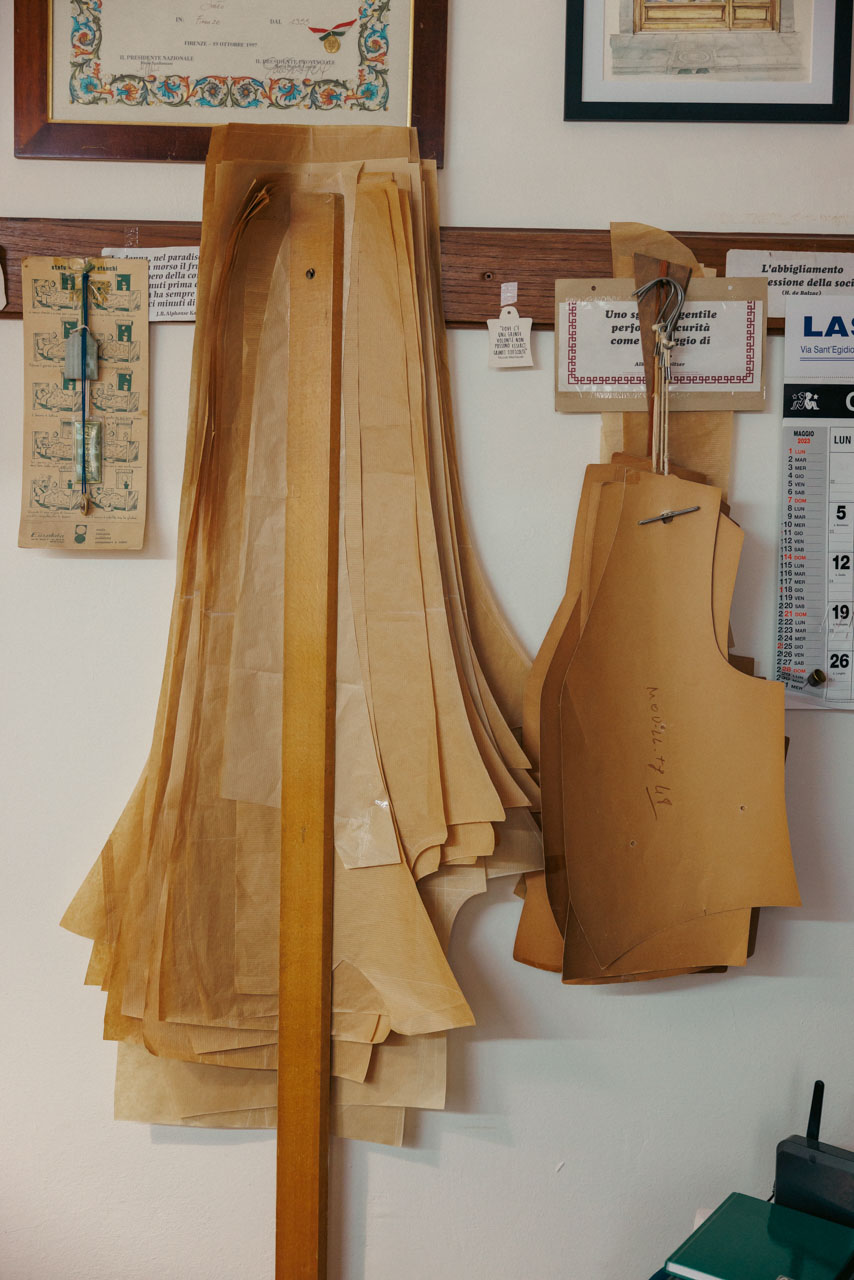
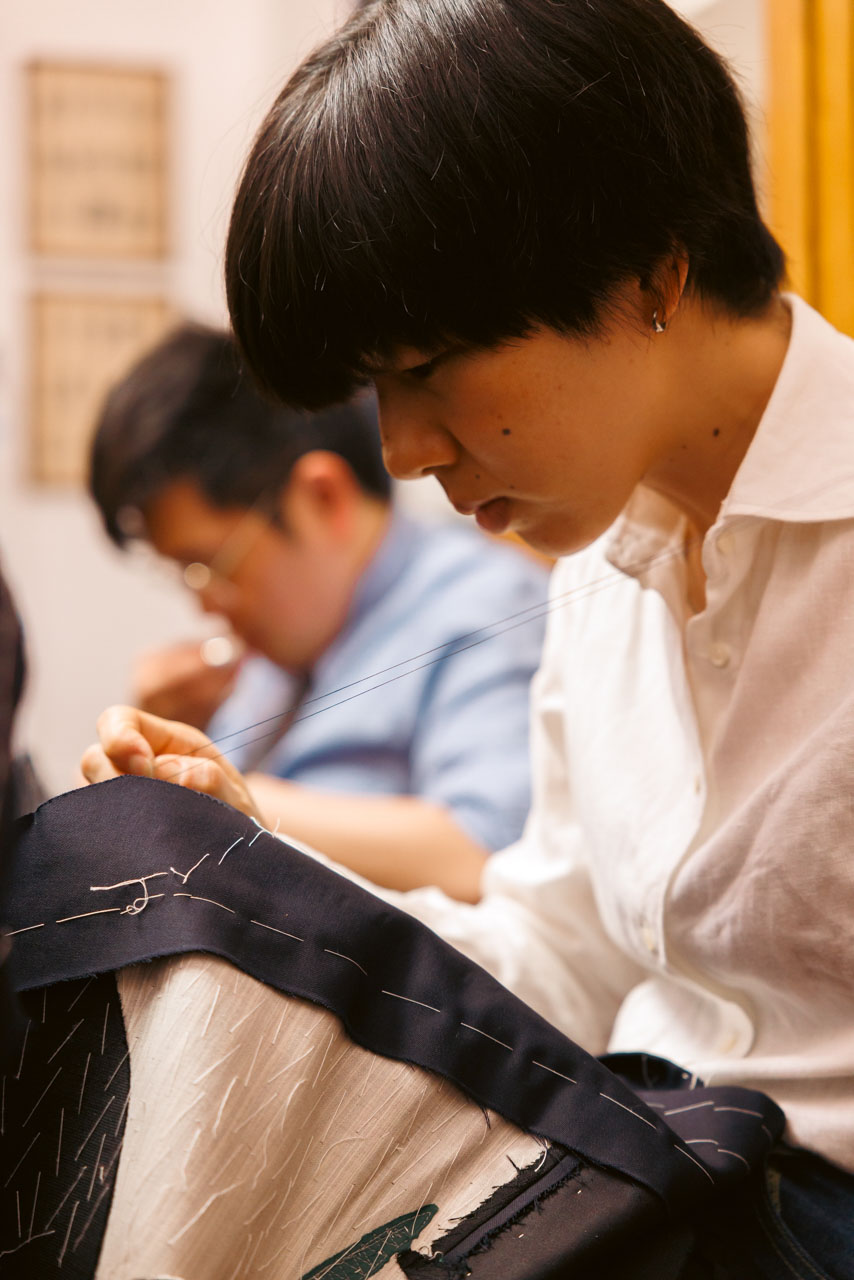

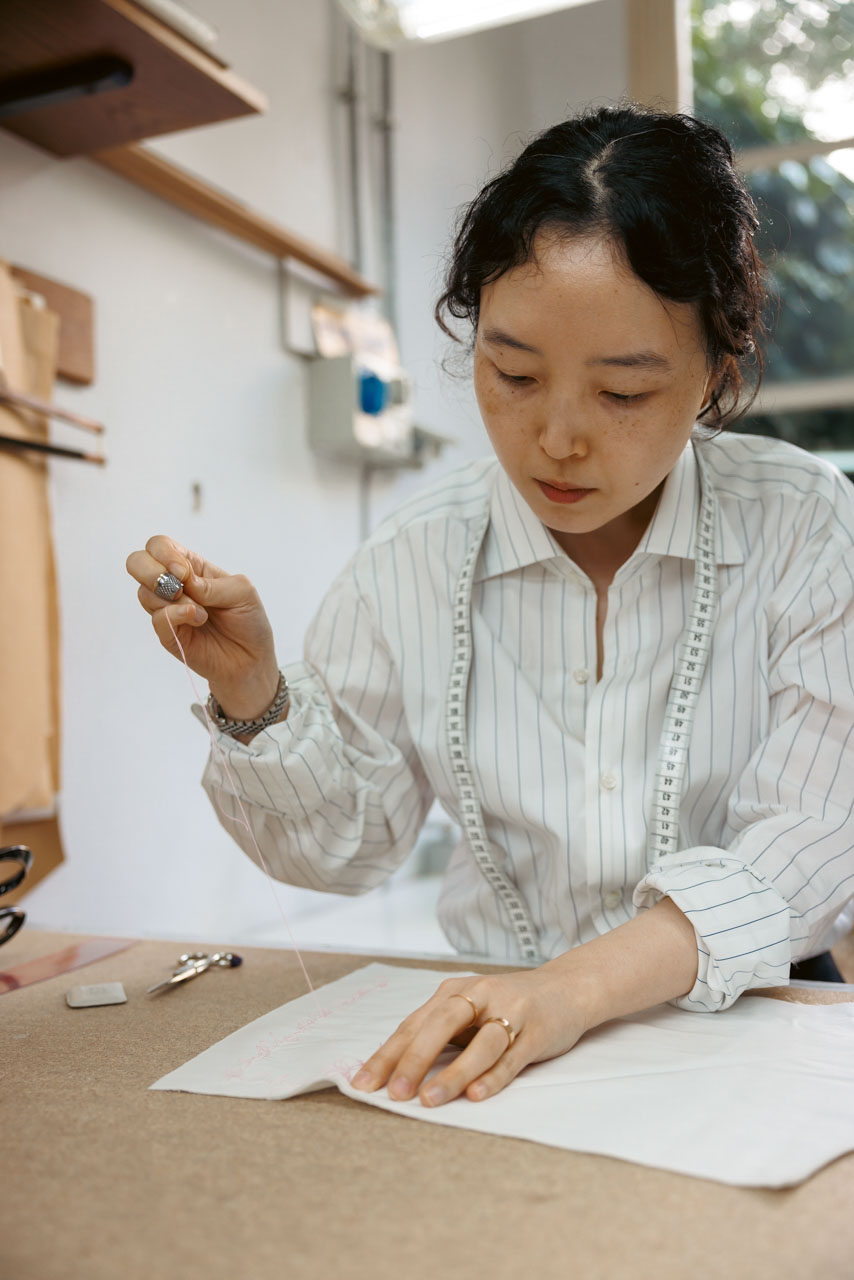
Stylistically, Liverano & Liverano’s suits lie somewhere between the clearly contoured formality of many northern tailors and the casualness of the south. Antonio Liverano attaches great importance to comfort; in his opinion, a suit must be just as comfortable to wear as a shirt, sweater and jeans. In addition, Antonio Liverano cuts the jackets so that they can withstand small fluctuations in weight without alteration. A quality that I also know from my London suits from Tobias Tailors, but which you look for in vain with most tailors. Typical for Liverano & Liverano is the collar, which by today’s standards reaches far down, the steep crochet seam, the slightly shorter jacket and the narrow silhouette of the pants. This basic look can be adapted to the customer’s figure and personality in such a way that it is completely above fashion. A young, slim man gains in stature with a suit from the house, while an older gentleman looks ageless in it.
